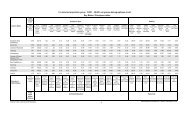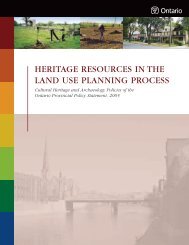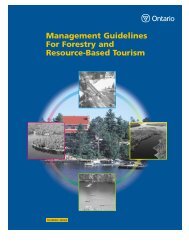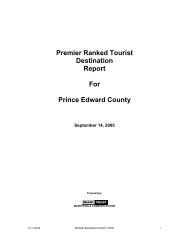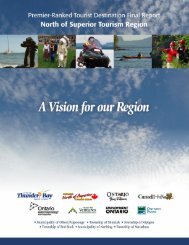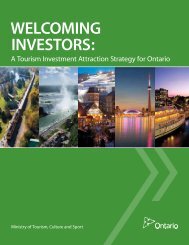Factors Influencing Visitor's Choices of Urban Destinations in North ...
Factors Influencing Visitor's Choices of Urban Destinations in North ...
Factors Influencing Visitor's Choices of Urban Destinations in North ...
Create successful ePaper yourself
Turn your PDF publications into a flip-book with our unique Google optimized e-Paper software.
Tourism Demand/Econometric Modell<strong>in</strong>g LiteratureTourism Demand/Econometric Modell<strong>in</strong>g Literature provides a range <strong>of</strong> econometrictechniques and models used to forecast tourism demand. S<strong>in</strong>ce most <strong>of</strong> the empiricalwork that was found was focused on determ<strong>in</strong><strong>in</strong>g tourist demand, Global Insight <strong>in</strong>cludedthe two together <strong>in</strong> this one category. Econometric techniques range from statistical timeseries that <strong>in</strong>clude simple ARIMA, autoregressive and “no change” models to morecomplicated error-correction models. Typical tourism demand models focus on theorig<strong>in</strong>-dest<strong>in</strong>ation pair <strong>of</strong> countries.“A Review <strong>of</strong> International Tourism Demand Models”Lim (1997) provides a comprehensive summary <strong>of</strong> 100 articles on the topic <strong>of</strong> tourismdemand modell<strong>in</strong>g published over the period 1961-94. Lim presents an overview <strong>of</strong> themost commonly used explanatory variables; classification by type <strong>of</strong> data used;dependent variables modelled; model specifications; and the qualitative factors that<strong>in</strong>fluence tourism demand.Data Description: More than 50% <strong>of</strong> tourism studies used annual data. While thenumber <strong>of</strong> annual observations ranged from 5 to 28, the most common number <strong>of</strong>observations was 16. This small number <strong>of</strong> observations questions the reliability <strong>of</strong>regression estimates for many <strong>of</strong> the studies. To address this concern, some studies usedmonthly or quarterly data, cross-section data, or pooled time-series data.Model Specification: Typical tourism demand model focuses on the orig<strong>in</strong>-dest<strong>in</strong>ationpair <strong>of</strong> countries. The general demand model that is typically estimated is presentedbelow:DT ij = F(Y j , TC ij , RP ij , ER ij , QF i )Where:DT ij - demand for <strong>in</strong>ternational travel services by orig<strong>in</strong> j for dest<strong>in</strong>ation i;Y j – <strong>in</strong>come <strong>of</strong> orig<strong>in</strong> j;TC ij – transportation cost between dest<strong>in</strong>ation i and orig<strong>in</strong> j;RP ij – relative prices (i.e. the ratio <strong>of</strong> prices <strong>in</strong> dest<strong>in</strong>ation i to prices <strong>in</strong> orig<strong>in</strong> j and <strong>in</strong>alternative dest<strong>in</strong>ations);ER ij – currency exchange rate, measured as units <strong>of</strong> dest<strong>in</strong>ation i’s currency per unit <strong>of</strong>orig<strong>in</strong> j’s currency;QF i – qualitative factors <strong>in</strong> dest<strong>in</strong>ation i.53


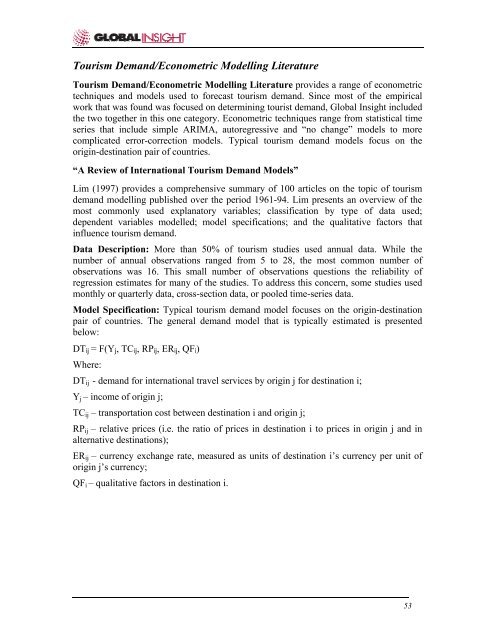
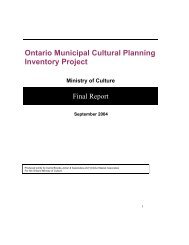
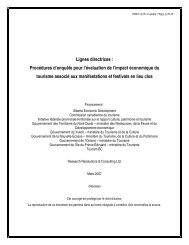
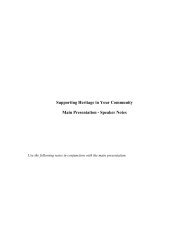
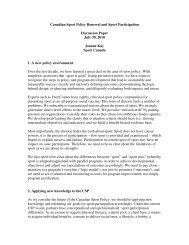
![THIS AGREEMENT made this [date], between [name of owner] (the ...](https://img.yumpu.com/49827605/1/158x260/this-agreement-made-this-date-between-name-of-owner-the-.jpg?quality=85)

